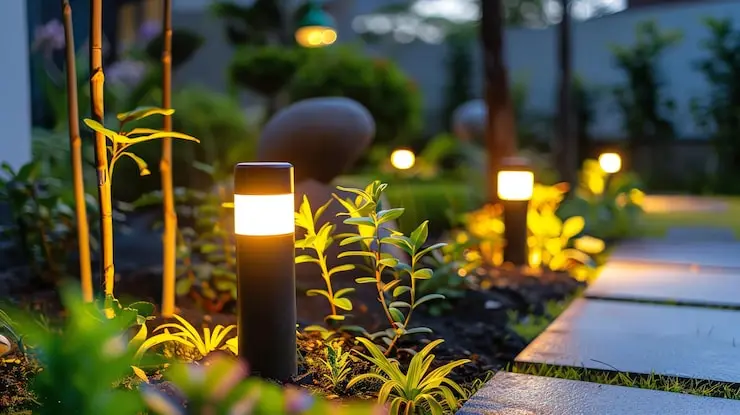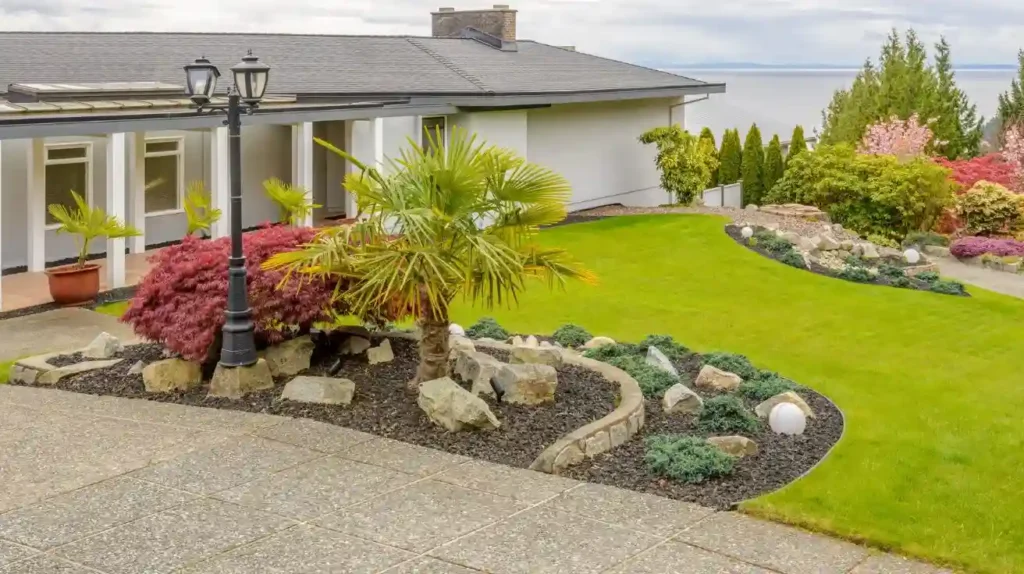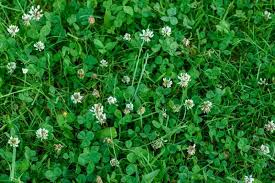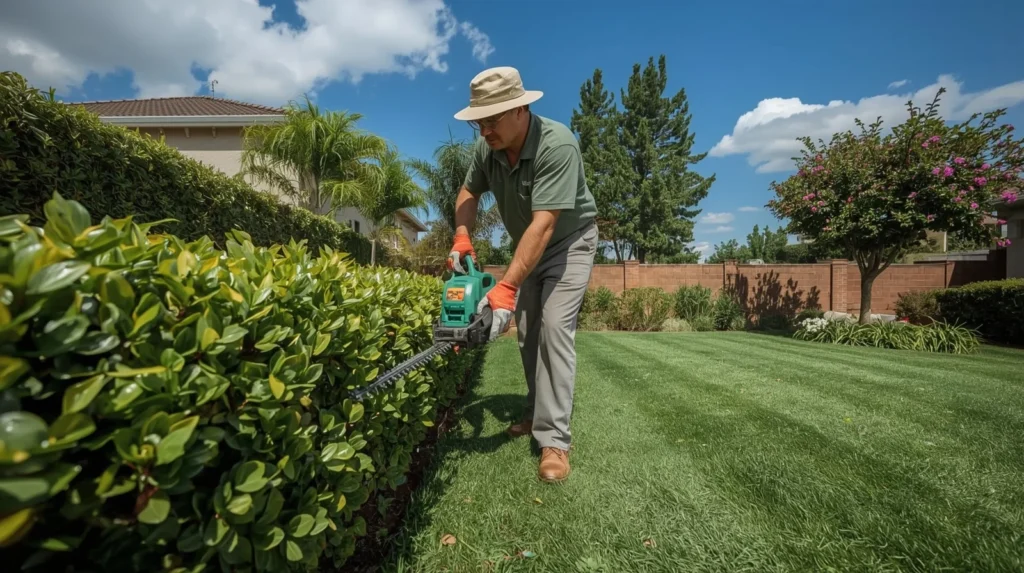Landscape Lighting Maintenance: Your Expert Guide to a Brighter, Safer Yard
Taking care of your outdoor lights not only makes your property look better, but it also keeps it safe and lasts longer. Landscape lighting maintenance is more than just a cosmetic concern; it’s an essential part of caring for your outdoor space. You need to pay attention to all of your lights, from the ones in your garden to the ones on your deck, to keep them working well. In this guide, we’ll talk about everything you need to know to keep your outdoor lighting in good shape and make sure your outdoor space looks great all year long. The Importance of Landscape Lighting Maintenance Outdoor lights for landscaping are more than just pretty things. They light up paths, draw attention to landscaping elements, and set the mood for outdoor events. But if you don’t take care of them properly, these lights might stop working, become dangerous, and even cost a lot of money. Here’s why landscape lighting maintenance matters: 1. Safety First Flickering or burned-out lights can create tripping hazards along pathways and stairs. Faulty wiring, a damaged landscape wire, or improperly installed fixtures can even pose an electrical risk. Routine maintenance ensures your yard stays safe for family and guests. 2. Preserve Aesthetic Appeal A beautifully lit garden can quickly lose its charm if fixtures are dirty, bulbs are burned out, or a vintage lamp is showing signs of wear. Regular cleaning and adjustments keep your outdoor landscaping lights vibrant and visually appealing. 3. Extend Lifespan of Fixtures Outdoor lights are exposed to sun, rain, and temperature fluctuations. Proper maintenance, including fixing landscape lighting and repairing outdoor lights promptly, reduces the wear and tear on your fixtures and helps you avoid frequent replacements. 4. Energy Efficiency Well-maintained landscape lights run efficiently, reducing energy waste. Dirty lenses or malfunctioning lights often require more power to achieve the desired brightness. Keeping your fixtures in top condition ensures energy savings over time. Common Outdoor Lighting Issues and Solutions Even with the best intentions, outdoor lighting can face challenges. Here are some common problems and expert solutions: Flickering or Dim Lights Causes: Loose connections, low-voltage transformer issues, or a damaged landscape wire. Solution: Check wiring and tighten connections. If necessary, replace the transformer or damaged wire. Fixing landscape lighting issues promptly prevents further complications. Burned-Out Bulbs Causes: Age, moisture ingress, or electrical surges. Solution: Replace bulbs with the correct wattage and type. Consider switching to long-lasting LED bulbs for reduced maintenance. Damaged Fixtures Causes: Weather, accidents, or wear over time. Solution: Repair outdoor lights or fix outdoor light fixture components. Rusted or cracked fixtures should be replaced or restored to maintain safety and aesthetics. Misaligned or Obstructed Lights Causes: Shifting soil, overgrown plants, or accidental bumps. Solution: Realign lights and trim surrounding vegetation. Proper placement ensures garden lights highlight the intended areas. Water Damage Causes: Poor drainage, rain, or irrigation overspray. Solution: Inspect fixtures for water ingress and replace seals or gaskets. Ensure fixtures are rated for outdoor use and properly installed. By understanding these issues, homeowners can anticipate problems and perform timely landscape lighting repair service before minor issues escalate. Routine Maintenance Tips for Outdoor Lighting Maintaining your exterior lighting doesn’t have to be complicated. Here are actionable tips for keeping your outdoor lights in top shape: Inspect Fixtures Regularly Check all outdoor landscaping lights for signs of damage, corrosion, or wear. Don’t overlook vintage lamps, which may require specialized care. Inspect the landscape wire for frays or loose connections. Clean Lenses and Fixtures Dirt, dust, and water spots reduce light output. Use a soft cloth and mild detergent to clean garden lights and deck lights. Avoid abrasive cleaners that can scratch the surface. Check Electrical Connections Tighten connections, examine transformers, and ensure low-voltage wiring is intact. Faulty wiring is a common reason for lights malfunctioning and can be prevented with routine checks. Seasonal Adjustments Adjust fixtures based on seasonal changes in plant growth and sunlight. Trim branches that may obstruct outdoor lights, and reposition fixtures to maintain balanced illumination. Troubleshoot Issues Promptly Use a systematic approach for landscape light troubleshooting. Test bulbs, check switches and timers, and replace damaged components. Regular maintenance reduces the need for costly landscape lighting repair service. Protect Fixtures from Weather Apply protective coatings to prevent rust or corrosion, and use weatherproof seals on all exposed fixtures. This is especially important for vintage lamps, which are more susceptible to environmental damage. Maintain Smart or Automated Lighting If your system includes timers, motion sensors, or smart controllers, update firmware and recalibrate sensors as needed. Well-maintained automation ensures reliable operation. By following these steps, homeowners can enjoy fully functional outdoor lighting all year round. Benefits of Maintaining Landscape Lighting Investing time in landscape lighting maintenance brings multiple rewards beyond aesthetics: Enhanced Safety Properly maintained outdoor lights illuminate walkways, driveways, and entrances, reducing accidents and providing peace of mind for homeowners and guests. Cost Savings Timely repairs and routine maintenance reduce the risk of major issues, minimizing replacement costs and unnecessary energy consumption. Improved Property Value A well-lit and maintained exterior makes a strong impression on potential buyers and visitors. Garden lights and deck lights contribute to a polished and inviting atmosphere. Longevity of Fixtures From fixing landscape lighting to repairing outdoor lights, maintaining each fixture extends its lifespan. Vintage lamps and modern outdoor landscaping lights benefit equally from regular care. Energy Efficiency Proper maintenance ensures bulbs and fixtures operate efficiently. Well-kept lights consume less energy, saving money on utility bills and supporting eco-friendly practices. Choosing Roberts Complete Care Selecting a professional for your outdoor lighting maintenance can make all the difference. At Roberts Complete Care, we specialize in comprehensive outdoor lighting maintenance services that keep your home illuminated safely and beautifully. Here’s what sets us apart: Expertise in All Fixtures Whether it’s vintage lamps, deck lights, or contemporary outdoor landscaping lights, our technicians have experience handling every type of fixture. Comprehensive Services From fixing landscape lighting to full-scale landscape lighting repair service, we provide solutions that ensure
Landscape Lighting Maintenance: Your Expert Guide to a Brighter, Safer Yard Read More »





